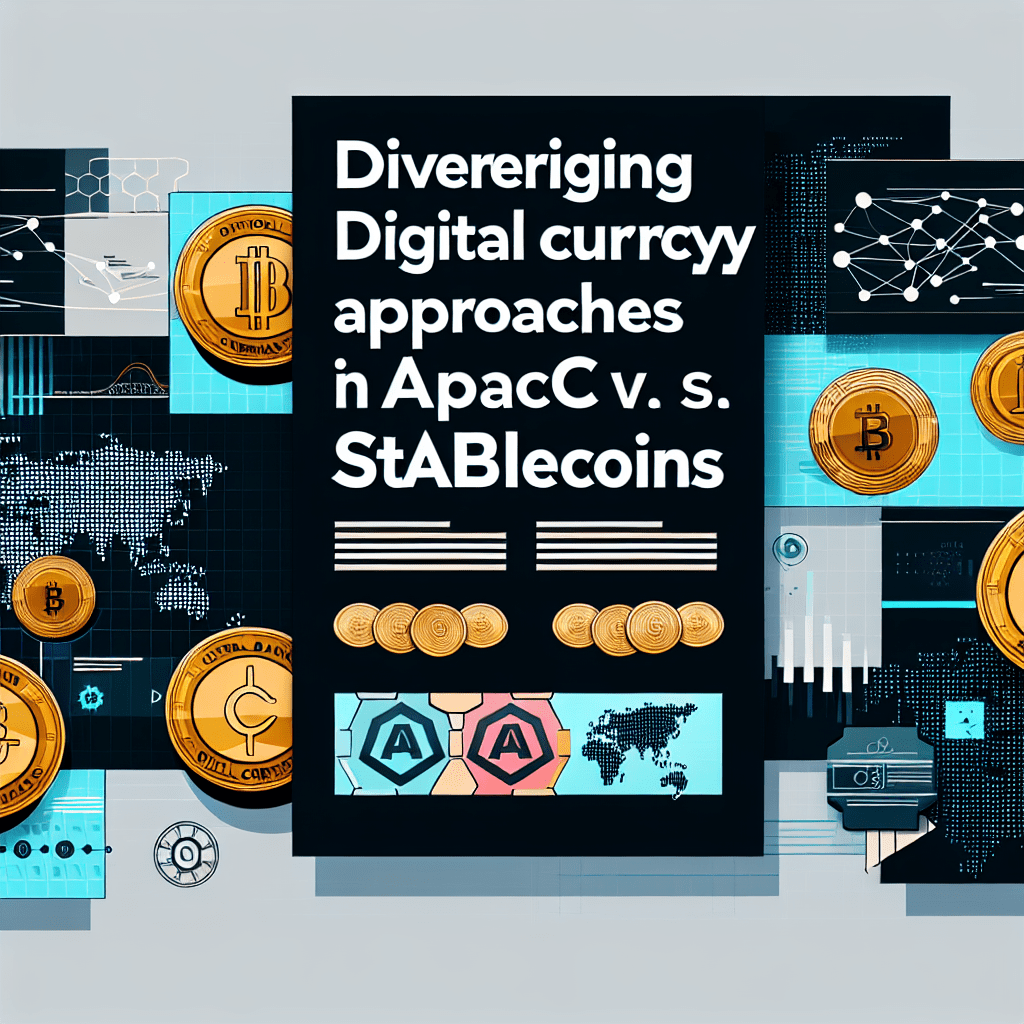APAC regions are following different paths in the development of digital currencies. Some are progressing with central bank digital currencies, while others are adopting private stablecoins.
On October 28, Hong Kong wrapped up its e-HKD pilot program, and Japan’s JPYC stablecoin exceeded 50 million yen within just 48 hours. South Korea raised concerns over the risks of depegging, while on October 29, Australia provided clarity on stablecoin regulatory requirements.
Sponsored
Sponsored
Hong Kong and UAE Progress CBDC Infrastructure
The Hong Kong Monetary Authority released its e-HKD Pilot Program Phase 2 Report on October 28, concluding an extensive review of 11 pilot projects involving major financial institutions like HSBC, Hang Seng Bank, and DBS Hong Kong.
The report suggested that the digital Hong Kong dollar is more suitable for wholesale financial applications rather than immediate retail use.
According to HKMA findings, the e-HKD displayed promising potentials in three areas: settling tokenized assets, programmability for automated transactions, and offline payment options.
The authority highlighted that the e-HKD is ideal for high-value transactions as a central bank-issued tool without credit risk. The HKMA anticipates completing preparations for retail e-HKD applications by the first half of 2026, while prioritizing wholesale use cases soon.
This aligns with broader regional CBDC initiatives. The United Arab Emirates has announced intentions to launch its Digital Dirham for retail use in Q4 2025, where it will be recognized as legal tender alongside traditional money. Hong Kong’s cautious approach contrasts with this swift timeline, indicating different regulatory priorities and market conditions.
Japan and South Korea Tackle Stablecoin Issues
Japan achieved a key milestone on October 27 with the official launch of JPYC, the first regulated yen-pegged stablecoin compliant with the revised Payment Services Act. By October 29, the token had already exceeded 50 million yen in circulation.
Sponsored
Sponsored
The distribution spans three blockchain networks: Polygon hosts nearly 21.34 million yen with 1,620 holders, Avalanche contains 17.03 million yen with 628 holders, and Ethereum accounts for 16 million yen with 108 holders.
Noritaka Okabe, JPYC’s representative director, warned users on October 29 about potential operational risks, particularly regarding decentralized exchange liquidity provision. On October 28, Secured Finance announced new products, including institutional DeFi lending services utilizing JPYC infrastructure.
In contrast, South Korea has taken a different stance. The Bank of Korea published a report highlighting depegging risks linked to won-denominated stablecoins, despite having halted its digital won CBDC project in June 2025.
The central bank pointed out that private stablecoin issuers lack the institutional trust mechanisms necessary to maintain stable currency pegs. It advised traditional banks to spearhead stablecoin issuance efforts to ensure proper safeguards.
Sponsored
Sponsored
Experts anticipate that the first batch of regulated won-pegged stablecoins will likely launch between late 2025 and early 2026.
Australia Clarifies Stablecoin Regulatory Framework
On October 29, the Australian Securities and Investments Commission released updated guidance categorizing stablecoins, wrapped tokens, tokenized securities, and digital asset wallets as financial products under existing law. Companies offering these products will now be required to have local financial services licenses, marking a substantial regulatory shift for the Pacific region.
ASIC Commissioner Alan Kirkland emphasized that the licensing process protects consumers, offering them full legal safeguards and enabling regulatory actions against harmful practices. The regulator has also granted sector-wide no-action relief until June 30, 2026, allowing businesses to assess requirements and obtain licenses. This guidance follows extensive consultations with the industry and builds on September’s class exemption allowing licensed intermediaries to distribute stablecoins without additional regulatory approvals.
Sponsored
Additionally, Australia’s Treasury proposed draft legislation last month mandating that crypto exchanges and service providers possess financial services licenses, complementing ASIC’s updated framework. These regulatory strides position Australia in line with Singapore and Hong Kong in establishing comprehensive digital asset oversight, while also facilitating market growth.
APAC Regional Strategies and Market Effects
Singapore has carved out a hybrid model, balancing CBDC research with a flourishing regulated stablecoin environment. The XSGD stablecoin, pegged to the Singapore dollar, secured a 70.1% market share among non-US dollar stablecoins in Southeast Asia during Q2 2025, registering 258,000 transactions.
The differences in digital currency strategies reflect diverse national priorities, including considerations of monetary sovereignty, financial innovation, and the maturity of payment infrastructures. Hong Kong’s focus on wholesale CBDC applications bolsters tokenization ecosystem development and supports cross-border settlement through Project mBridge.
Japan’s regulatory approach fosters stablecoin innovation driven by market forces, while South Korea’s shift from CBDC to bank-backed stablecoins highlights practical concerns regarding implementation costs compared to central bank oversight benefits. Australia’s regulatory clarity grants legal certainty for stablecoin operators and enhances consumer protections.
Market participants are closely observing these developments as the digital currency frameworks in the Asia-Pacific region evolve, impacting cross-border payment efficiency, financial inclusion, and the evolution of regional monetary systems.


